Four hooks and a glass hat shelf.
Period: Art Deco
Measures: H: 177 x W: 138cm
Macassar ebony is a wood alternating black and cream colors intended for high-end decoration. The name "Makassar" (city of Indonesia) simply comes from the name of the loading port.
It is the typical Makassar of the 1930s, widely used by a Parisian designer and decorator such as Jacques Émile Ruhlmann, nicknamed "the Riesener of Art Deco".
Certain objects are so familiar to us that they seem to have existed since the dawn of time ... However, the coat rack as we know it today in furniture did not appear until the 19th century.
The term coat rack, before qualifying a device on foot or fixed to a wall, allowing to hang coats or other clothes, designates an officer in charge of wearing the coat of a great personage such as the King.
The officer exercising this function was required to follow the king in his slightest movements where he might need his services.
As soon as the king left his apartments, the coat rack would take from the wardrobe: parade coat, hat, gloves, cane, handkerchief, tie, hunting horn, muff ... and stood near
His Majesty to give it to her in case she asks for it.
The coat rack occupies a privileged place at the king's court, daily alongside the monarch, whom he assists from rising until bedtime. This made it possible to choose the favorable moment to speak to the king, to ask for favors and graces.
Those who held the office of Porte Manteau enjoyed real importance at court.
Then in 1798, the coat rack made its entry into the dictionary of the Académie Française to designate this wooden or metal hook fixed to the wall for hanging clothes.
Until then a simple branch, a nail or a dowel in the wall did the trick. But now the coat rack becomes a piece of furniture and decorative object taking the characteristic shapes of certain styles.


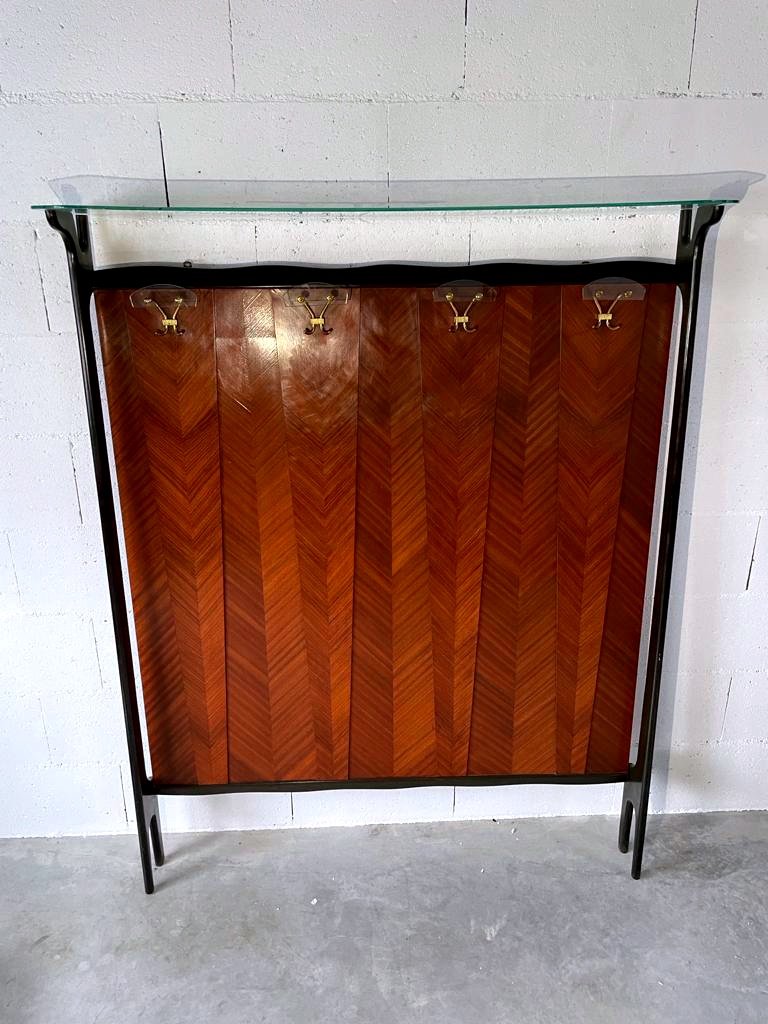
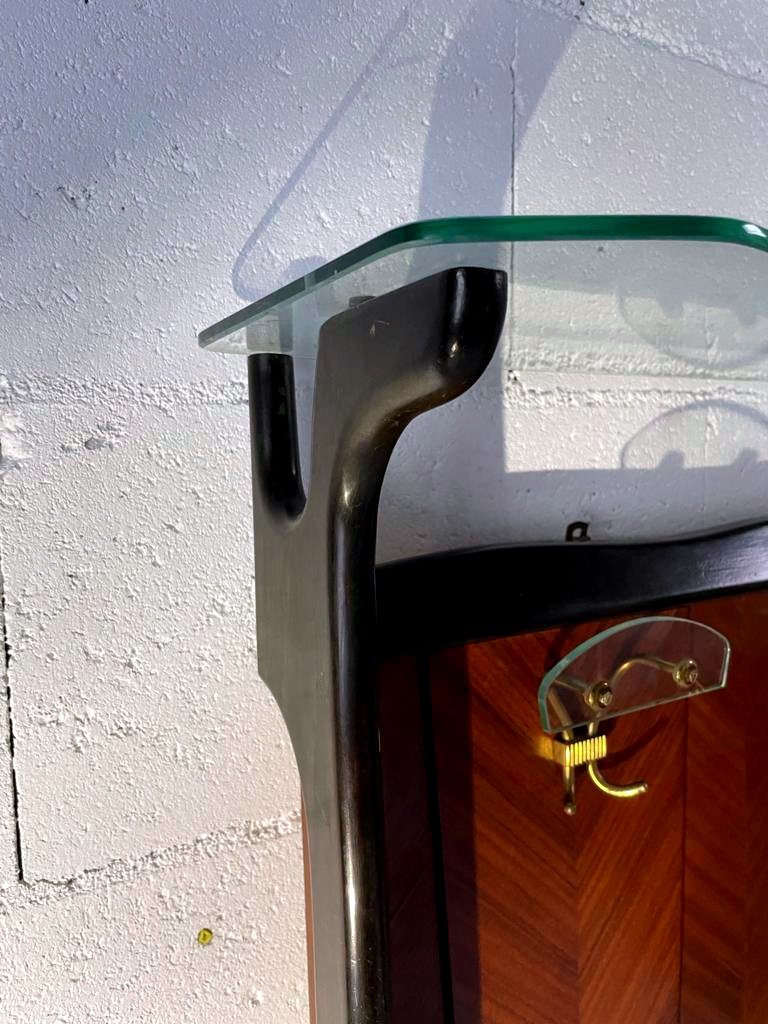
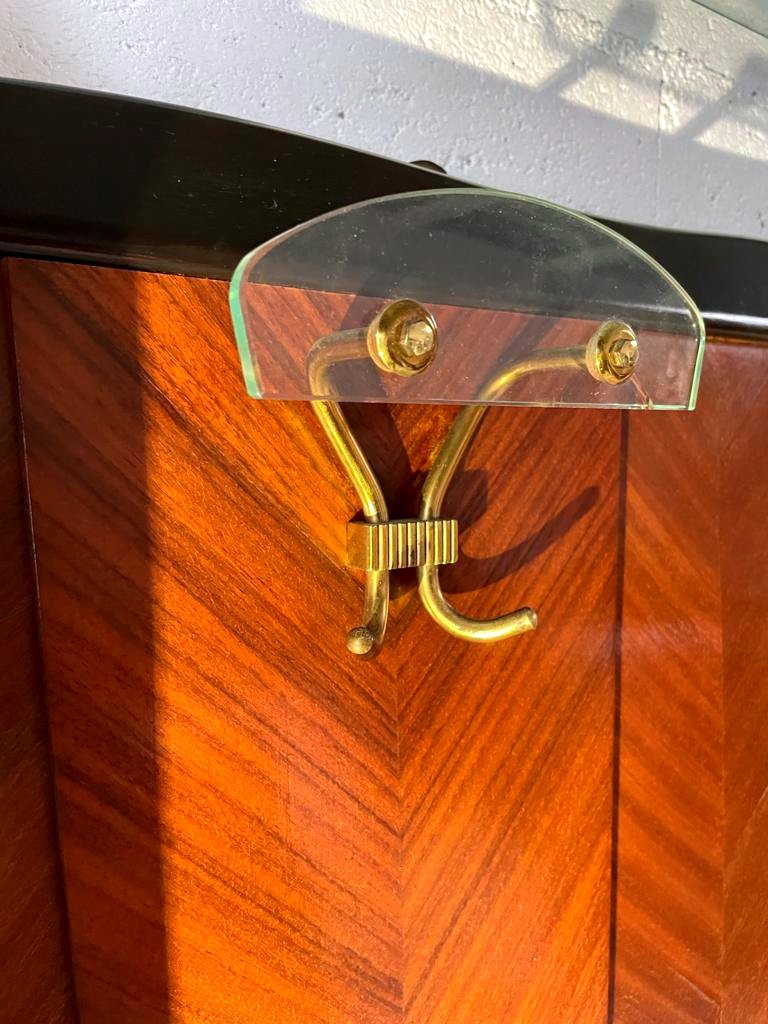

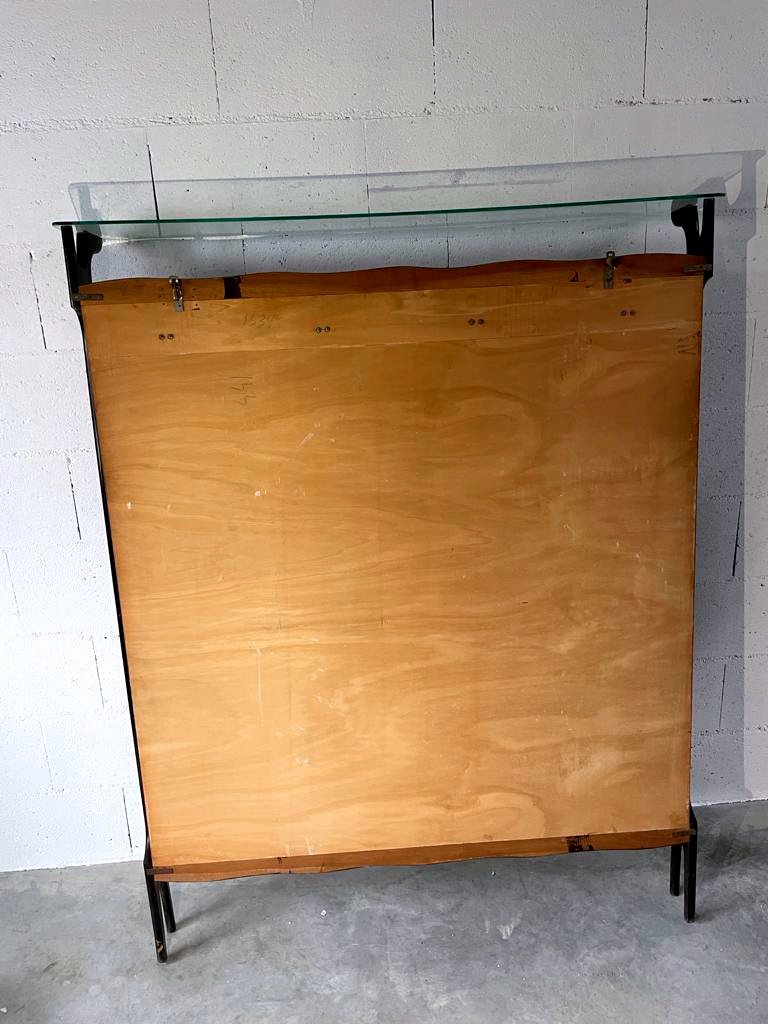


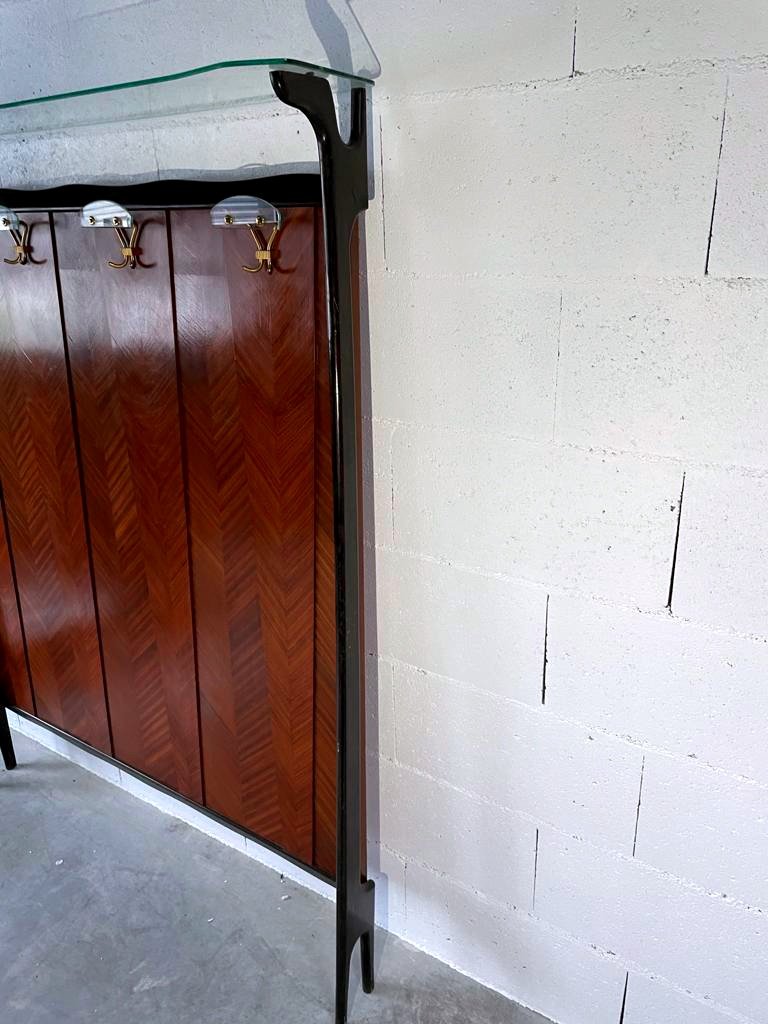
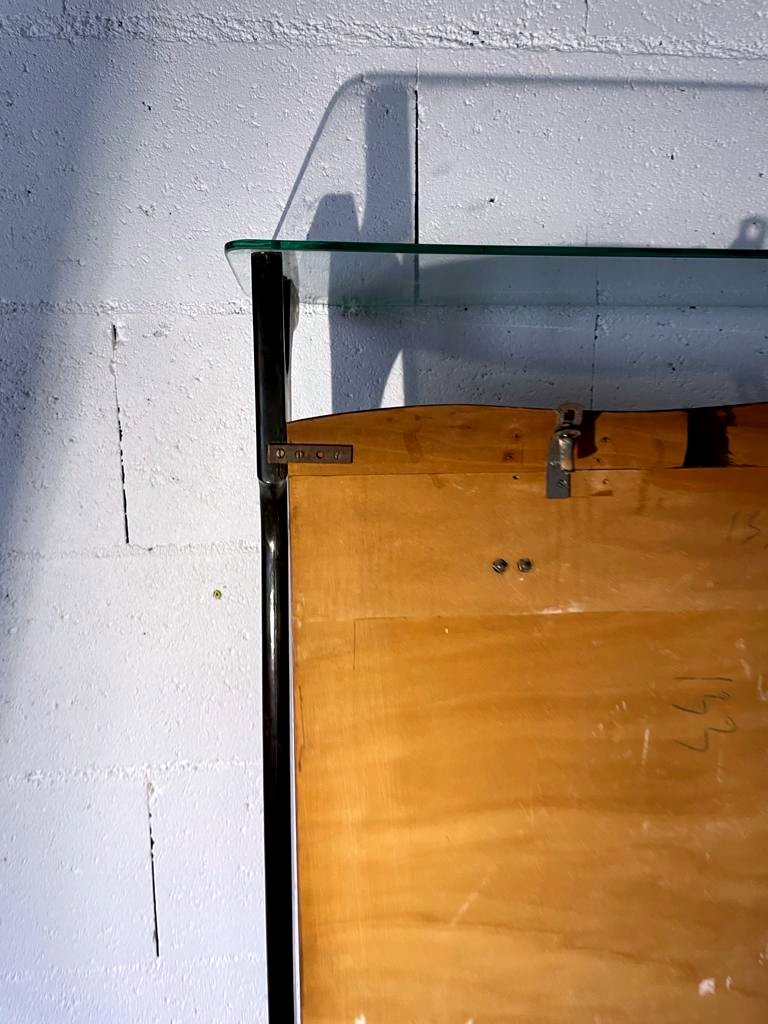
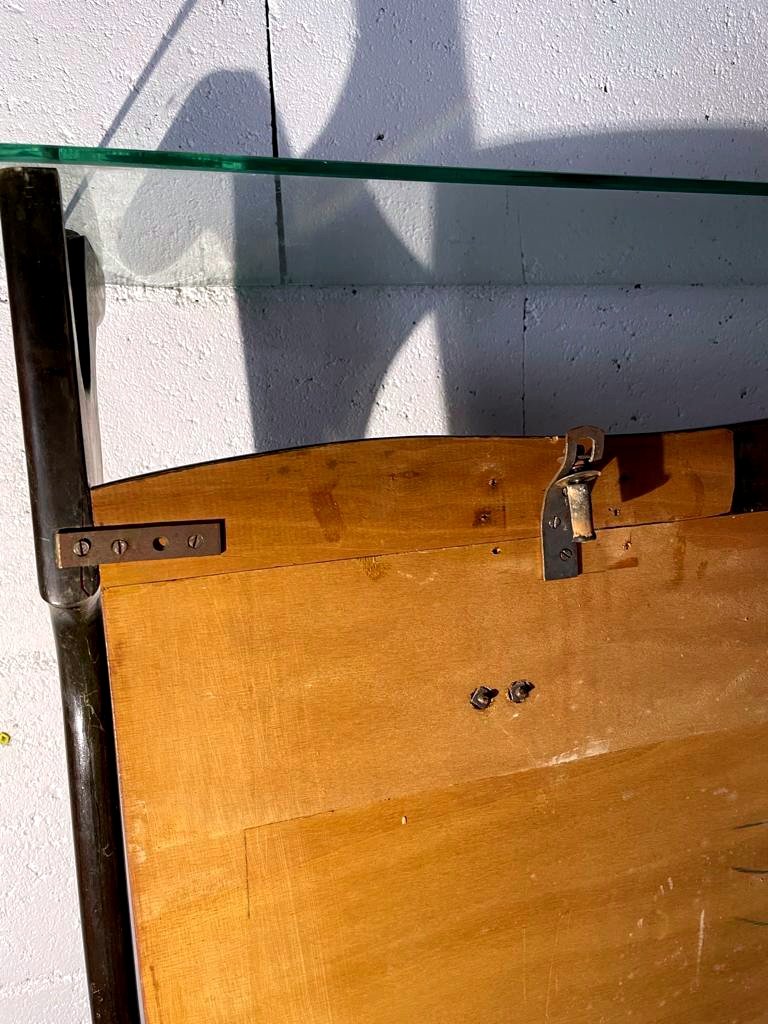




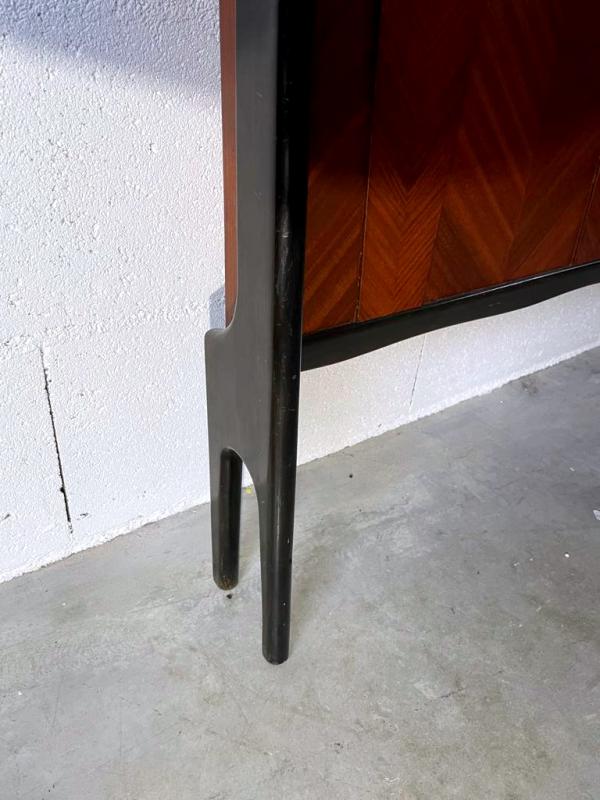

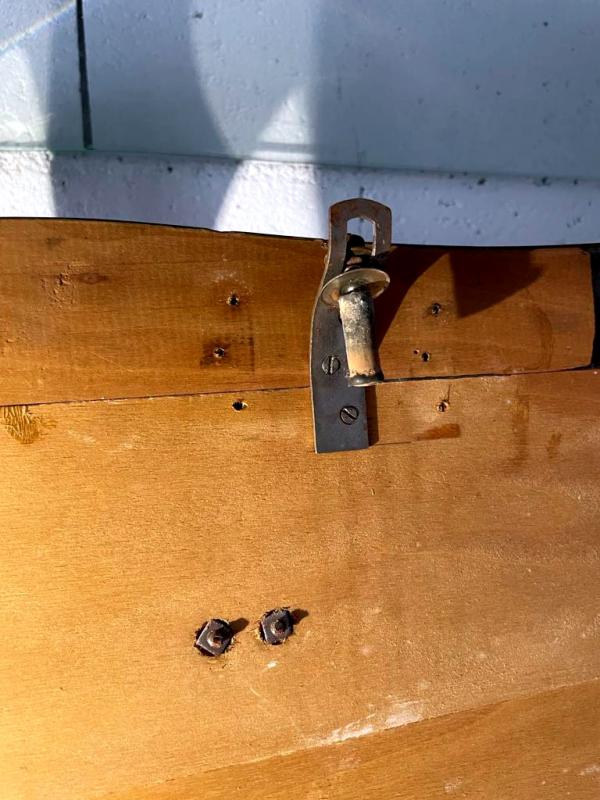
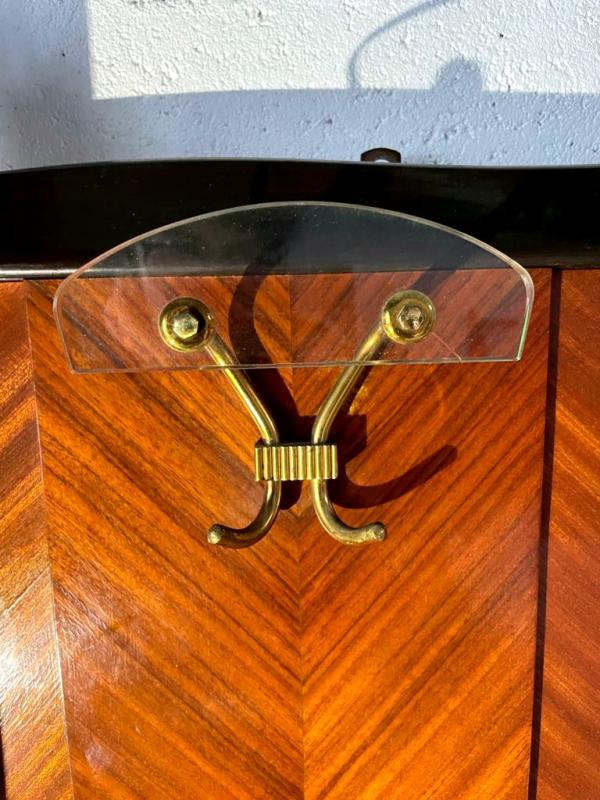





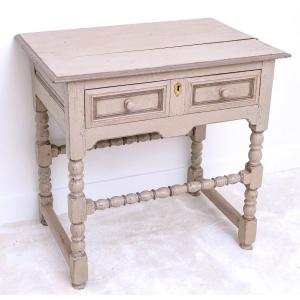
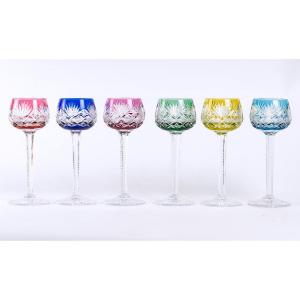
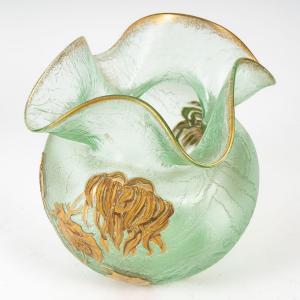
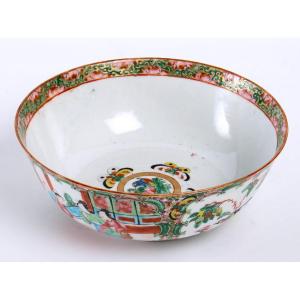



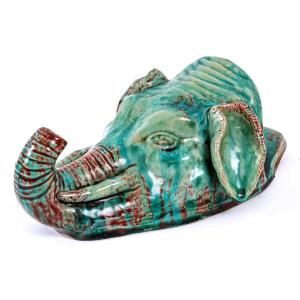
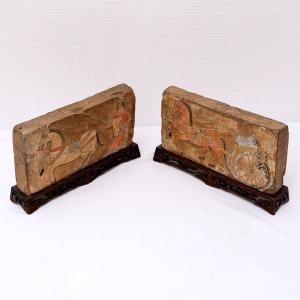
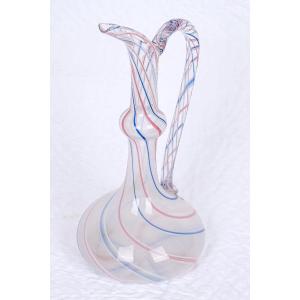



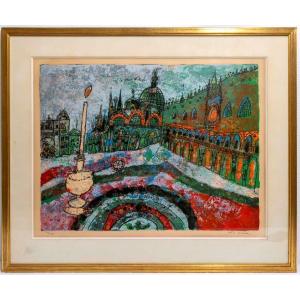
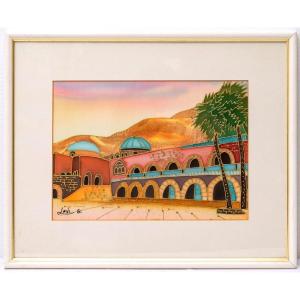
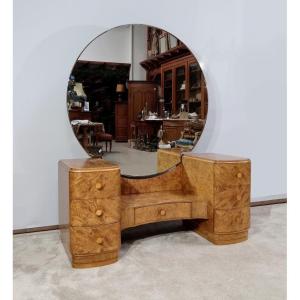


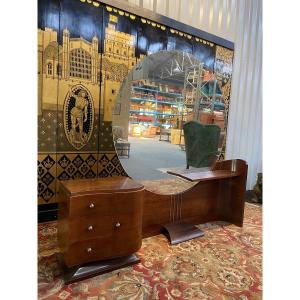
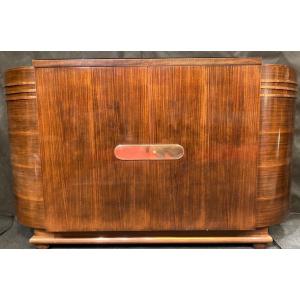



 Le Magazine de PROANTIC
Le Magazine de PROANTIC TRÉSORS Magazine
TRÉSORS Magazine Rivista Artiquariato
Rivista Artiquariato